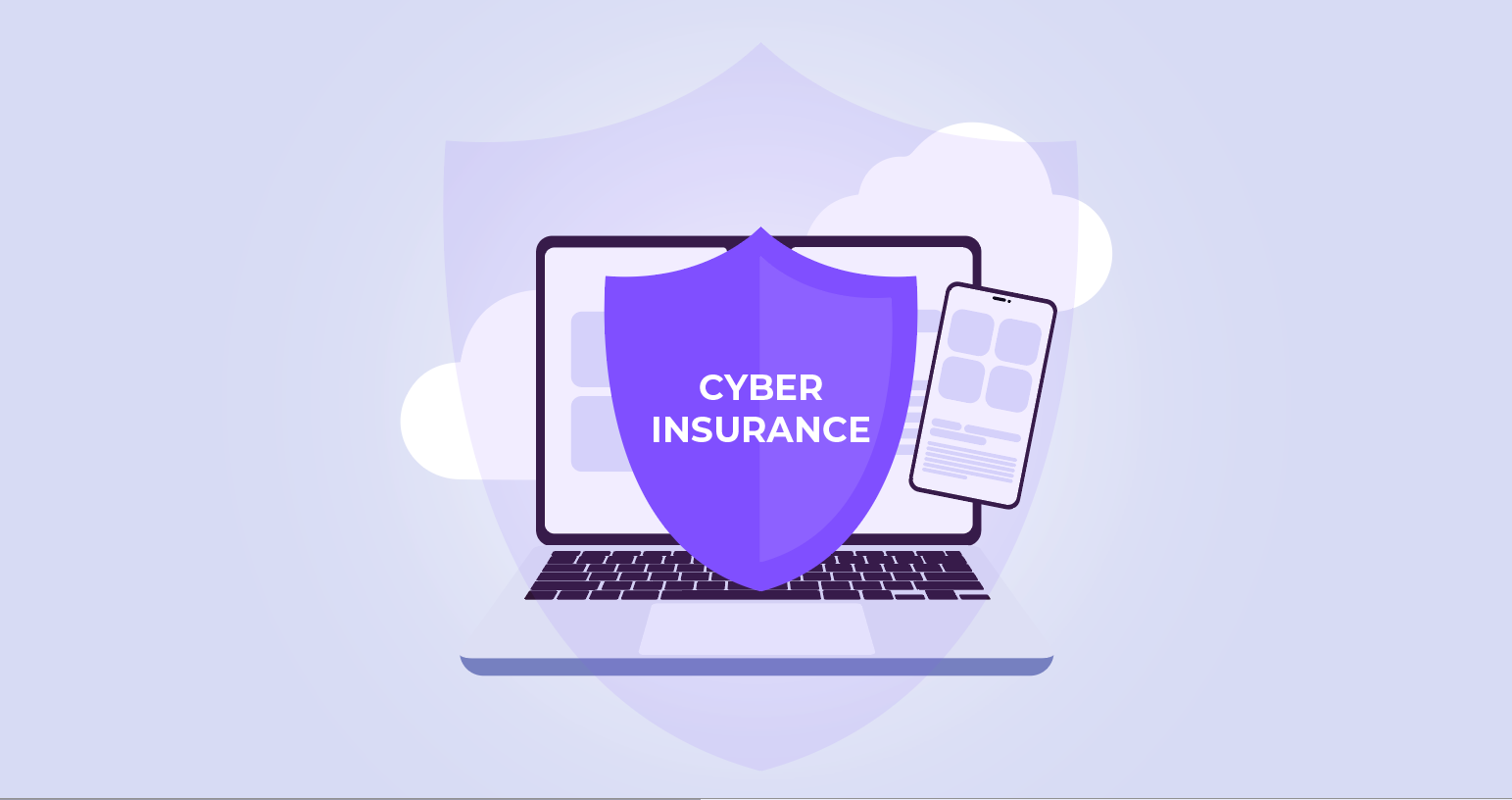Mastering Cybersecurity Incident Response Planning: A Strategic Guide
Ensuring Readiness and Resilience: Strategic Approaches to Cybersecurity Incident Response
The Critical Role of Incident Response in Cybersecurity
In our digital-first world, cybersecurity breaches are not just possible; they are inevitable. The ability of an organization to respond effectively to these incidents can mean the difference between a minor disruption and a catastrophic business crisis. According to a report by IBM, companies with a tested Incident Response Plan saved an average of $1.23 million in breach costs compared to those without a plan (PGITL) . This highlights the essential role of a well-prepared response strategy in minimizing both financial impact and operational downtime.
Defining the Framework: Key Elements of an Incident Response Plan
Developing an Incident Response Plan that is both comprehensive and effective involves several critical components:
- Risk Identification and Prioritization: Start by identifying the most valuable assets and assessing the risks associated with them. This step determines which assets are crucial for your business operations and include managed IT Systems, SaaS applications, and business processes, which require the most stringent protections.
- Establishing a Dedicated Response Team: It's crucial to designate a response team that understands their specific roles and responsibilities in the event of a breach. This team should include members from various departments, not just IT.
- Effective Communication Channels: Implement a communication strategy that includes notification protocols for stakeholders and outlines clear channels for internal and external communication during a crisis.
- Advanced Detection and Analysis Capabilities: Utilize the latest technological tools to detect and analyze breaches quickly. The faster an incident is detected, the quicker it can be contained. This may include support from Managed Service Providers that offer MDR (Managed Detection and Response), XDR (Extended Detection and Response), and SOC-as-a-Service.
- Legal and Regulatory Compliance: Ensure your response plan meets all legal requirements and industry regulations, which can vary significantly depending on your location and the nature of your business.
The Importance of Documentation: Building a Historical Record
Proper documentation is a cornerstone of effective incident response. Detailed records of the incident response process help organizations learn from each event and better prepare for future incidents. According to Verizon's 2020 Data Breach Investigations Report, 58% of organizations that documented their incidents improved their response times in subsequent events (IBM Newsroom) .
Documentation should include a comprehensive incident log, actions taken, decision-making processes, and recovery steps. This not only aids in post-incident reviews but also ensures legal compliance and supports potential insurance claims.
Stakeholder Engagement: Creating a Culture of Cybersecurity Awareness
Gaining buy-in from stakeholders across all levels of the organization is essential for the success of any Incident Response Plan. This goes beyond simply informing staff about the plan:
- Educational Initiatives: Regular training sessions should be conducted to educate employees about cybersecurity risks and the importance of the Incident Response Plan.
- Engagement Activities: Use tabletop simulations and role-playing exercises to engage stakeholders and help them understand their role in an incident.
- Regular Updates: Keep the plan current by regularly updating it with new information and strategies as the cybersecurity landscape and your business requirements evolve.
Book a free, no-obligation consultation with a CISO Strategist to talk about how your business can best prepare itself to seek out cyber insurance that will mitigate risk without breaking the bank.
You May Also Like
These Related Stories

Cyber Insurance is an important part of your cybersecurity strategy – are you prepared?

Mastering Cybersecurity: The Essential Role of vCISOs for MSPs and MSSPs


No Comments Yet
Let us know what you think